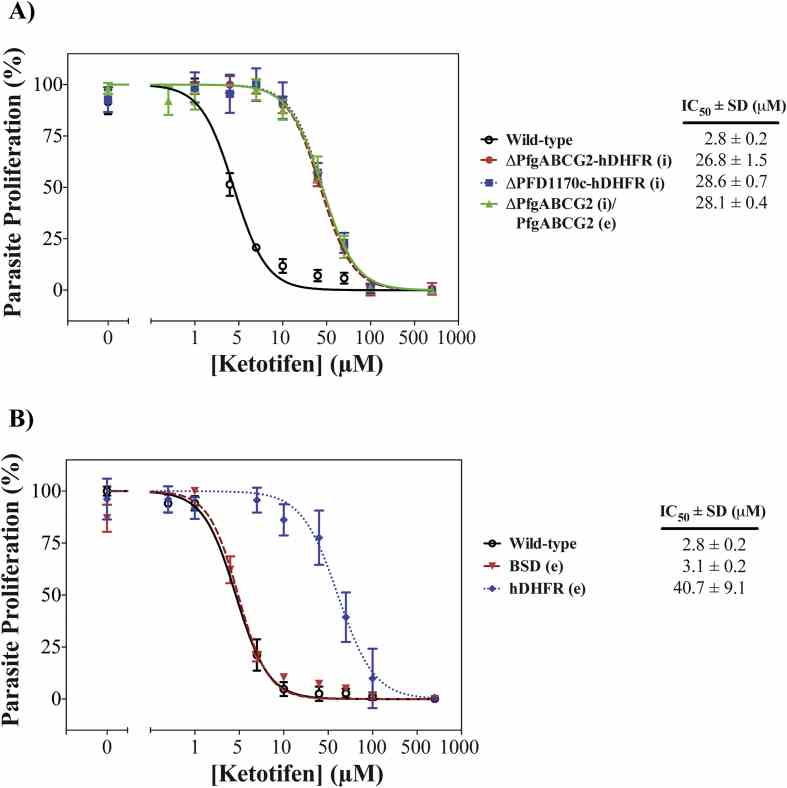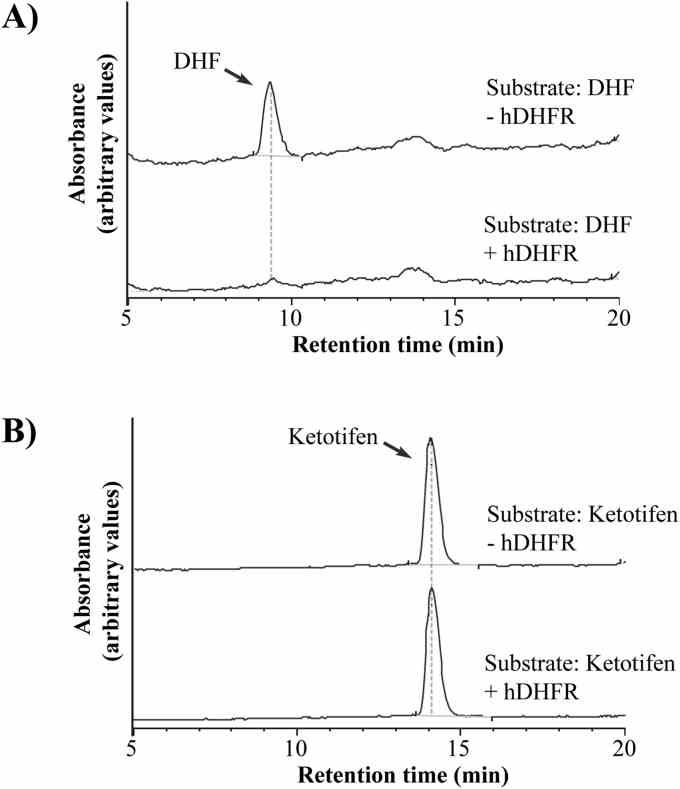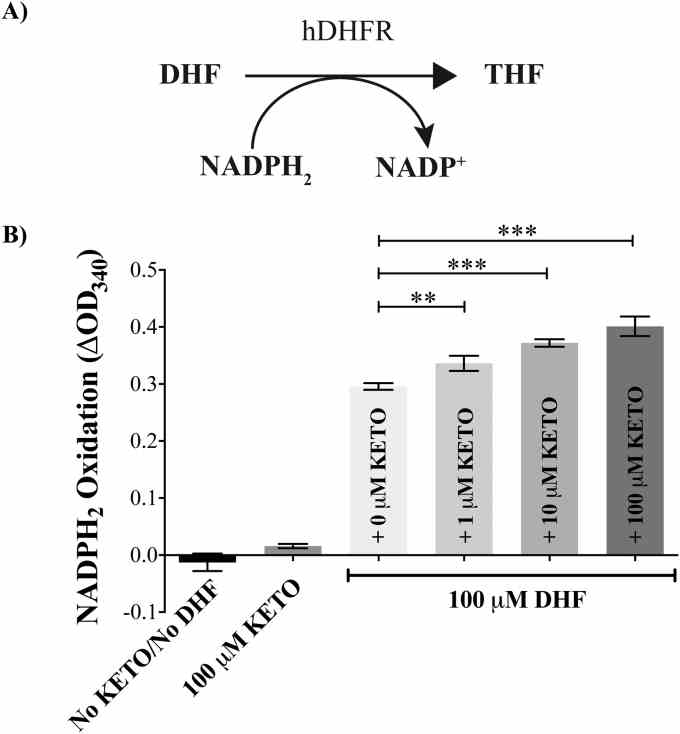Recombinant Human Adaptor-Related Protein Complex 1, Sigma 2 Subunit, His-tagged
| Cat.No. : | AP1S2-4967H |
| Product Overview : | Recombinant human AP1S2 protein, fused to His-tag at N-terminus, was expressed in E. coli and purified by using conventional chromatography. |
- Specification
- Gene Information
- Related Products
- Citation
- Download
| Species : | Human |
| Source : | Human |
| Tag : | His |
| Description : | AP1S2, also known as AP-1 complex subunit sigma-2, serves as the small subunit of AP-1 complex 1 and is a member of the adaptin protein family. Adaptor protein complex 1 is found at the cytoplasmic face of coated vesicles located at the Golgi complex, where it mediates both the recruitment of clathrin to the membrane and the recognition of sorting signals within the cytosolic tails of transmembrane receptors. |
| Concentration : | 0.5 mg/ml |
| Form : | Supplied as a liquid in 20mM Tris-HCl buffer, pH 8.0, containing 40% glycerol, 0.1M NaCl and 2mM DTT. |
| Purity : | > 85% by SDS - PAGE |
| Sequence : | 1-157 amino acids: MGSSHHHHHH SSGLVPRGSH MQFMLLFSRQ GKLRLQKWYV PLSDKEKKKI TRELVQTVLA RKPKMCSFLE WRDLKIVYKR YASLYFCCAI EDQDNELITL EIIHRYVELL DKYFGSVCEL DIIFNFEKAY FILDEFLLGG EVQETSKKNV LKAIEQADLL QEEAETPRSV LEEIGLT |
| Molecular Mass : | 20.7 kDa (177aa), confirmed by MALDI-TOF |
| Applications : | SDS-PAGE |
| Storage : | Store at 4 deg C for short term storage (1/2 weeks). Aliquot and store at -20 deg C or - 70 deg C for long term storage. Avoid repeated freeze/thaw cycles. |
| Gene Name | AP1S2 adaptor-related protein complex 1, sigma 2 subunit [ Homo sapiens ] |
| Official Symbol | AP1S2 |
| Synonyms | AP1S2; DC22; MRX59; SIGMA1B; MGC:1902; AP1S2; AP-1 complex subunit sigma-2; sigma1B-adaptin; sigma-adaptin 1B; OTTHUMP00000022979; OTTHUMP00000022980; OTTHUMP00000022981; sigma 1B subunit of AP-1 clathrin; adaptor protein complex AP-1 sigma-1B subunit; clathrin adaptor complex AP1 sigma 1B subunit; golgi adaptor HA1/AP1 adaptin sigma 1B subunit; golgi adaptor HA1/AP1 adaptin sigma-1B subunit; adapter-related protein complex 1 sigma-1B subunit; clathrin assembly protein complex 1 sigma-1B small chain;adaptor-related protein complex 1, sigma 2 subunit; Sigma-adaptin 1B; Golgi adaptor HA1/AP1 adaptin sigma-1B subunit; Adaptor protein complex AP-1 sigma-1B subunit; Sigma 1B subunit of AP-1 clathrin; Clathrin assembly protein complex 1 sigma-1B small chain; mental retardation, X-linked 59; OTTHUMP00000022982; Sigma1B-adaptin; clathrin-associated/assembly/adaptor protein small 1-like |
| Gene ID | 8905 |
| mRNA Refseq | NM_003916 |
| Protein Refseq | NP_003907 |
| MIM | 300629 |
| UniProt ID | P56377 |
| Chromosome Location | Xp22 |
| Pathway | Clathrin derived vesicle budding; Golgi Associated Vesicle Biogenesis; HIV Infection; Host Interactions of HIV factors; Lysosome; Lysosome Vesicle Biogenesis; Membrane Trafficking; Nef mediated downregulation of MHC class I complex cell surface expression; Nef-mediates down modulation of cell surface receptors by recruiting them to clathrin adapters; The role of Nef in HIV-1 replication and disease pathogenesis; trans-Golgi Network Vesicle Budding |
| Function | protein transporter activity |
| ◆ Recombinant Proteins | ||
| AP1S2-174R | Recombinant Rhesus Macaque AP1S2 Protein, His (Fc)-Avi-tagged | +Inquiry |
| AP1S2-11602Z | Recombinant Zebrafish AP1S2 | +Inquiry |
| AP1S2-346R | Recombinant Rhesus monkey AP1S2 Protein, His-tagged | +Inquiry |
| AP1S2-4967H | Recombinant Human Adaptor-Related Protein Complex 1, Sigma 2 Subunit, His-tagged | +Inquiry |
| AP1S2-0243H | Recombinant Human AP1S2 Protein (Met1-Thr157), N-His-tagged | +Inquiry |
Human dihydrofolate reductase influences the sensitivity of the malaria parasite Plasmodium falciparum to ketotifen – A cautionary tale in screening transgenic parasites
Journal: International Journal for Parasitology: Drugs and Drug Resistance PubMed ID: 27705841 Data: 2016/9/22
Authors: Phuong N. Tran, Cameron J. Tate, Alexander G. Maier
Article Snippet:The effect of ketotifen on the conversion of DHF to THF by recombinant hDHFR was investigated using an in vitro assay ( , ).The effect of ketotifen on the conversion of DHF to THF by recombinant hDHFR was investigated using an in vitro assay ( , ).. Reactions were carried out at 27 °C in a flat bottom 96-well plate containing 0.1 M K 3 PO 4 , 0.1 M NaCl, pH 7.0; 0.1 mM NADPH 2 (Sigma), 50 mM 2-mercaptoethanol, 100 nM purified recombinant hDHFR (Creative BioMart) and a range of concentrations of ketotifen fumarate (Sigma).. The reduction of NADPH 2 to NADP + was measured at OD 340 .The reduction of NADPH 2 to NADP + was measured at OD 340 .

Expression of the selectable marker


Ketotifen increases the activity of
Not For Human Consumption!
Inquiry
- Reviews (0)
- Q&As (0)
Ask a Question for All AP1S2 Products
Required fields are marked with *
My Review for All AP1S2 Products
Required fields are marked with *



